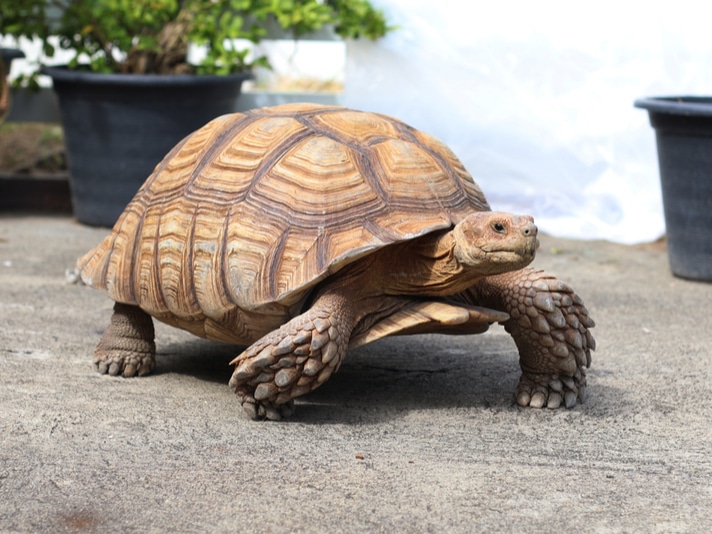How do you trim a tortoise beak?
Q. How do you trim a tortoise beak?
A. Good question!
The tortoise's horny beak is technically called the rhampotheca. Overgrowth of the tortoise's beak and nails usually indicates an underlying nutritional deficiency. However, some chelonians (turtles and tortoises) develop very long toenails as normal secondary sex characteristics.
The best way for you to know if your tortoise needs a beak trim would be to closely examine your tortoise, and then compare the beak to healthy tortoises, and those in photos, as well. Your herp vet is also an excellent source of information who can tell you if your tortoise needs a trim.
An overgrown tortoise beak can be caused by nutritional secondary hyperparathyroid disease (a form of metabolic bone disease), malocclusion, inappropriate food items (usually all soft foods) and trauma.
If you do suspect that your tortoise does have an overgrown beak, please have it evaluated by your herp veterinarian. Don’t ever try to trim it yourself, as the beak does have a blood and nerve supply, and if trimmed incorrectly, it can cause severe pain, bleeding and disfigurement.
Margaret A. Wissman, DVM, DABVP has been an avian/exotic/herp animal veterinarian since 1981. She is a regular contributor to REPTILES magazine.
Need a Herp Vet?
Find a herp vet with our comprehensive reptile vet directory. If you cannot find a herp vet using our reptile vet directory, a good place to go is the Association of Reptilian and Amphibian Veterinarian (ARAV) web site at www.arav.com.


